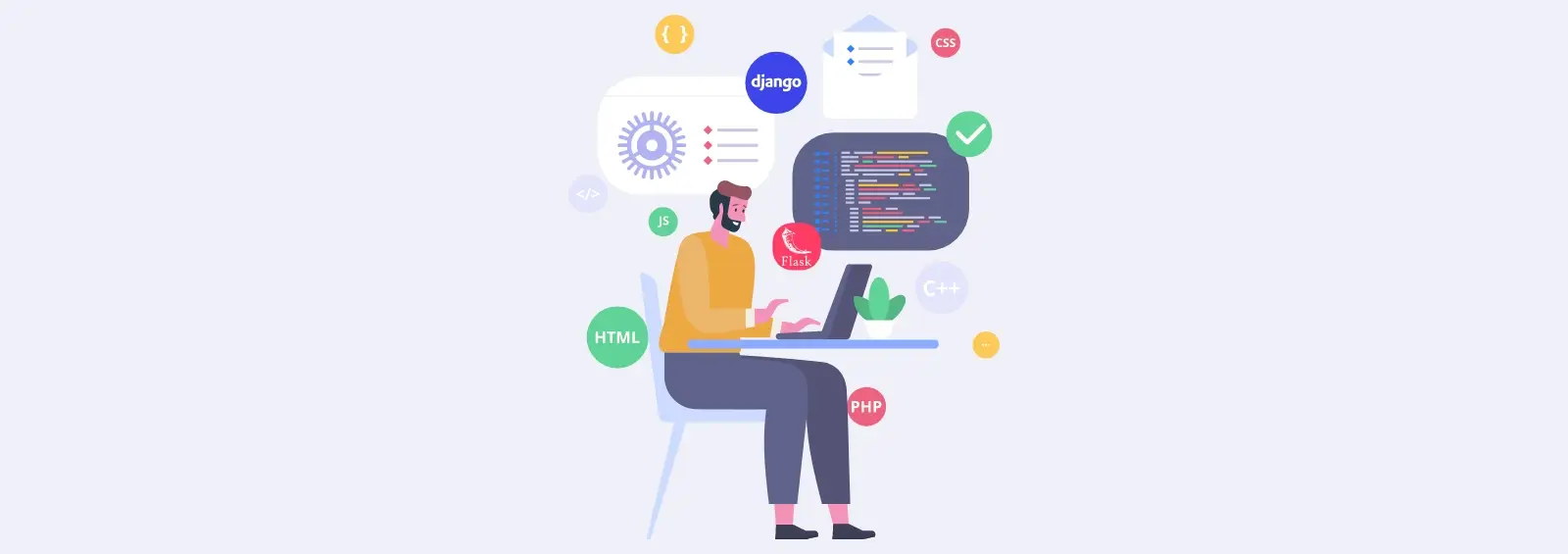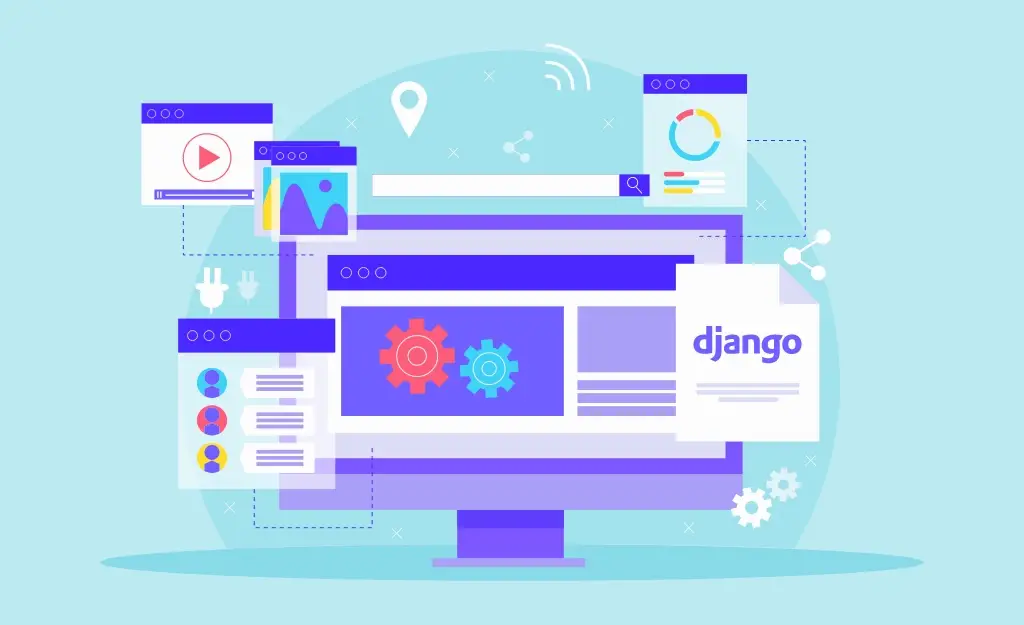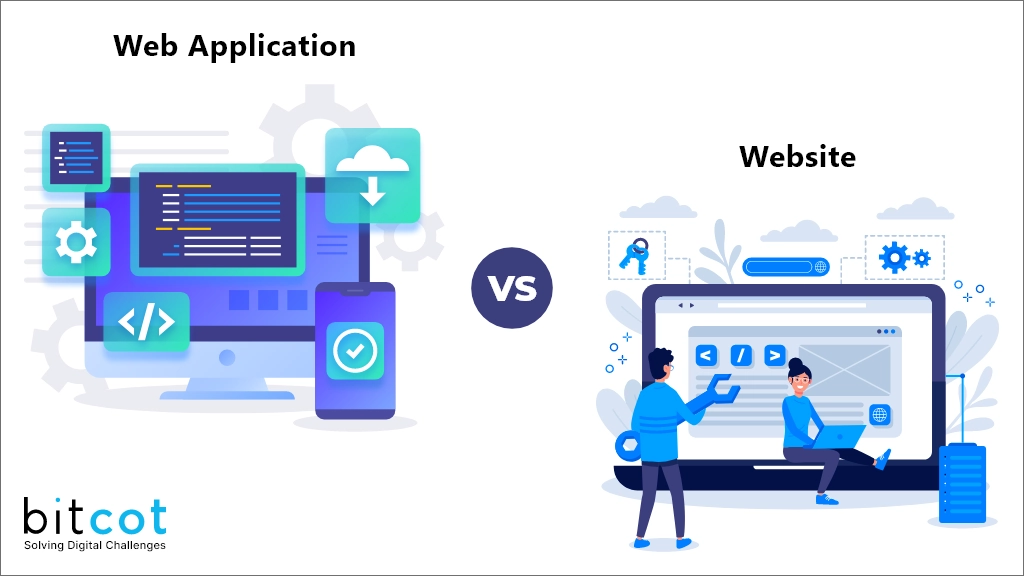
(Flask vs. Django) Are you a business owner trying to decide between Flask and Django for your new website? Perhaps the sheer number of options has made the decision overwhelming. Even experienced web developers can find it difficult to choose which one is best for their unique needs.
Fortunately, we’ve compiled everything you need to know about both programming frameworks in this helpful guide! We’ll review the basics, look at their respective advantages and disadvantages, and discuss common use cases, all while providing plenty of useful tips along the way. Ready to dive into Flask vs. Django? Let’s go!
What is Flask?
Flask is a free, open-source web development micro-framework written in the Python programming language. Flask is quickly becoming popular among developers due to its minimalistic design, flexibility, and ease of use. Flask enables developers to build web applications quickly and with limited code requirements. Flask has seen an increase in users in recent years due to its usability as well as compared to other frameworks like Django, which is often seen as more rigid and requiring more code writing. Flask provides greatly reduced development timelines while still allowing customizable options for app building.
Additionally, Flask doesn’t include many default features like Django does, such as advanced database integration or account authentication, which is causing developers to reevaluate how Flask can be used in comparison to Django for their web projects.
Why use Flask?
Flask is a great choice for web development due to its lightweight micro-framework for creating web applications. Flask has the same design elements as the more robust Django framework, but Flask offers more flexibility and customizability with its source code, which makes Flask much easier to maintain. Flask eliminates many of the complexities involved with Django, such as template-based rendering and huge libraries.
Flask can be used to build APIs, user accounts, databases, and websites just like Django can. Flask makes web development fast and simple while producing high-quality results. When considering a powerful backend development platform, Flask provides an ideal balance between performance, scalability, and cost.
How to set up a basic Flask application?
Flask is an incredibly powerful and flexible Python microweb framework that can be used to create dynamic web applications. Flask stands out in comparison to other popular frameworks like Django due to its minimalistic design and focused feature set, allowing for a more straightforward setup than with Django.
Luckily, it’s relatively easy to get started with Flask and set up a basic application. All that’s needed is a local development environment, Flask library installation, loading Flask modules, and building a web application file structure; from there, you can define routes and start creating view functions for each page of your Flask application.
With Flask, you can go enjoy all the benefits of having a comprehensive, versatile web framework at your fingertips without the bulk that accompanies larger frameworks like Django.

Django
What is Django?
Django is an open-source, Python-based web application framework used to develop complex data-driven web applications. It takes the hassle out of developing by providing a comprehensive set of features for working with databases and content management systems. Django’s simple yet powerful syntax helps developers write less code and produce cleaner, more efficient applications.
Flask and Django are the two most popular Python frameworks for creating web applications. Flask is more lightweight and targeted towards smaller projects. Django is best suited for larger, more complex projects, as it has advanced features designed to speed up development time, such as template inheritance and object-relational mapping.
Why use Django?
Django is a powerful open-source web framework that has grown in popularity for its ability to quickly and efficiently produce clean, secure, and maintainable applications. Django takes the complexity out of Flask development, making it simpler and faster to develop even complex projects.
The main reason why developers choose Django over Flask is due to its excellent features like object-relational mapper (ORM), database access abstraction layer, and convenient library modules. One of the major advantages of using Django compared to Flask is that it provides additional support for e-commerce capabilities, user authentication, and automatically generated admin pages, which Flask does not have.
Furthermore, Django offers detailed documentation, which helps developers easily parse certain sections in order to retrieve needed details. When deciding between Flask vs. Django, choosing Django ultimately pays off as it can save time with integrated components and extensive resources, thus allowing developers to deploy successful web applications quickly.
How to set up a basic Django application?
Setting up a basic Django application requires knowledge of specific coding languages like HTML and CSS, as well as an understanding of the various components such as objects, models, views, templates, and message-sending files.
Once you’ve installed the needed software libraries and created the databases, you will need to configure your URLs, design views with functions in order to render responses from data requests, and then connect URLs with your HTML code. With Flask setup is typically very straightforward in comparison but for users looking for a more powerful platform with a vast selection of features over simplicity Django is always a solid option.
How are they different?
Flask and Django are two of the most popular web development frameworks on the market today. Both enable developers to quickly create dynamic websites, with Flask being best suited for smaller applications, while Django is better equipped for larger projects with more sophisticated requirements. Flask is a micro-framework designed to be simple, allowing developers to create an application quickly by providing the basic libraries they require.
On the other hand, Django offers a suite of standard features such as authentication and URL routing that are not present in Flask; however, this comes with additional complexity due to its extensive functionality. Ultimately, Flask and Django both offer powerful web solutions that can be used independently or combined, depending on the needs of the project.

When would you use each
Flask and Django are the two most popular web application frameworks, both of which have proven themselves to be powerful tools. Flask is more suited to smaller projects, while Django provides an all-in-one solution that can scale as required. Flask is also easier to learn and work with due to its minimalist structure, whereas Django comes with a range of built-in features such as authentication modules, admin interfaces, and so on. Flask would be the best choice for quickly building simple sites or prototypes, or if you want full control over the coding process from scratch.
On the other hand, Django is better suited for larger projects that require data handling and rapid development. Both frameworks provide great options for quickly launching a website; it depends on your needs and goals.
Pros and cons of each
Flask and Django are two popular web frameworks used for building robust applications. Flask is a lightweight framework that provides users with flexibility and control with its simpler configuration, making it great for smaller projects with individualized requirements. Flask also has fewer security features built-in than Django, so more caution must be taken when programming to ensure data safety.
Conversely, Django is an all-inclusive full-stack framework that offers a set of defined conventions and a number of advanced features, such as an object-relational mapper. While it works well on larger projects requiring many extra components, the wide range of packages can obscure readability and make debugging more difficult.
Ultimately, deciding between Flask and Django should be based on the specific requirements and desired outcomes of each project.

My recommendation
When looking for a web application framework, Flask and Django are both great options. Flask is lightweight and easy to set up, which makes it ideal for small projects or prototypes.
Although Flask may not be able to handle large projects as well as Django, it can still get the job done if you’re looking for quick results. On the other hand, Django offers a great degree of flexibility and scalability for larger projects. It also provides built-in tools and modules that simplify the process of coding complex sites.
In my opinion, Flask is a great choice if you’re just starting out or looking to develop something quickly, while Django should probably be your go-to option when you want an advanced, robust application.
Conclusion
Both Flask and Django are great for building web applications, but they have different strengths and weaknesses. If you need a simple application with fewer built-in features, Flask is a good choice.









